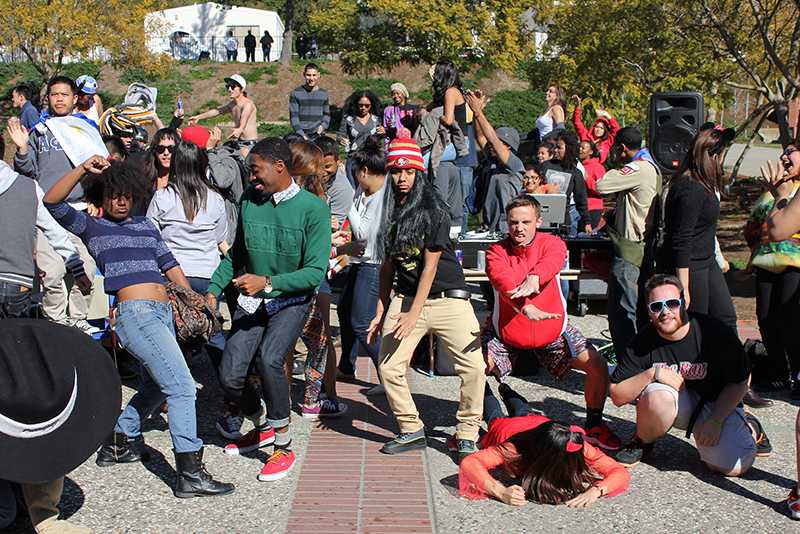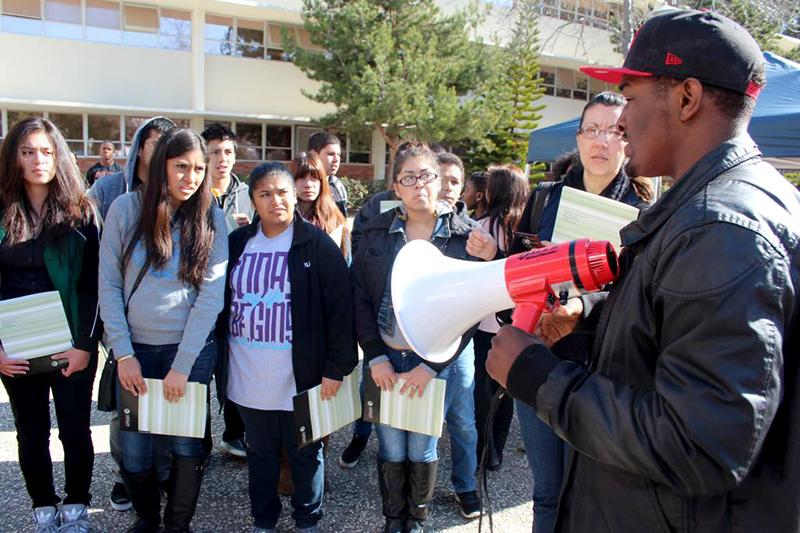
It’s hard to say, but it’s worth improving regardless
In the aftermath of the Tucson shooting, the adequacy of mental health services in the United States has come into question, especially as knowledge about alleged shooter Jared Lee Loughner’s mental state continues to come to light.
Loughner’s friends recounted his strange obsession with Representative Gabrielle Giffords, who, at a 2007 event, apparently did not give a satisfactory answer to Loughner’s query: “What is government if words have no meaning?”
Confidential police documents released by Pima Community College featured testimony from various instructors and students that described Loughner using words like “creepy,” “very hostile” and “suspicious,” and that the 22-year-old had a “dark personality.”
His bizarre disruptions and outbursts so unnerved others at the school that campus police and college officials stepped in, eventually concluding that Loughner was mentally ill, under the influence of drugs, or both.
After obtaining approval from Loughner himself, the school shared the information with his parents, and suspended Loughner pending a positive mental health evaluation certifying that he didn’t pose a danger—a common procedure in higher education to encourage people to seek help.
Despite those alarming signals, Loughner did not receive the help he needed. This is not to point the finger of blame—a survey by the Substance Abuse and Mental Health Services Administration (SAMHSA) estimates that 4.4 million Americans suffering from “serious mental health illness” are walking around untreated.
A serious mental illness is defined by SAMHSA as one that impairs at least one major activity in life, including social function. Over 5 percent of the population reported having a serious mental health illness during the 12-month period before the survey was conducted.
However, these numbers tend to be ignored and brought only to the surface after a mentally disturbed person goes on a rampage. While these atrocities understandably grab headlines, as well as the attention of politicians, crafting appropriate policies in response to horrifically violent acts can prove difficult.
After details of Loughner’s documented mental decline before the shooting began to emerge, there was much dismay that more was not done to put him into treatment. Indeed, some suggested calls to relax standards for involuntary commitment, reasoning that some potentially dangerous mentally disturbed individuals might refuse help, and that their identification would merit compulsory treatment.
But such an approach would raise serious civil liberties concerns, and current laws are set on protecting the rights of the mentally ill—mainly to prevent a return to the past horrors of forced institutionalization. Involuntarily subjecting a number of otherwise harmless mentally ill people to treatment to prevent the actions of one potentially dangerous one seems excessive and unfair.
Instead, mental health care reform advocates point to expanded outreach programs, like the assertive community treatment ones currently practiced in states like New York. Assertive community treatment seeks to identify mentally ill individuals in their communities, get in contact with them, and urge them to seek treatment.
Most current services are reactive, only offering help after severe problems emerge. The proactive approach of assertive community treatment aims to seek out those in need of care, and try to be persistent in getting them in for appointments.
Another benefit of reaching out to the mentally ill via the community would be reducing the stigma of mental illness. Rather than resorting to the legal system—an often difficult decision to subject a friend or loved one to—a call to a community health center could mean a lot less pressure, especially for those who refuse or shy away from seeking out treatment.
In California, adults with a serious mental illness deemed unlikely to live safely among the community without supervision can be subject to court-ordered assisted outpatient treatment, in accordance with AB 1421, known as Laura’s Law. Assisted outpatient treatment, only utilized in counties that have enacted it, requires those that the courts find mentally ill to comply with orders such as taking medications or receiving psychiatric treatment, lest they be committed involuntarily should they refuse.
The law is named for college student Laura Wilcox, shot to death with two other people while working at Nevada County’s public mental health clinic by a mental patient who resisted his family’s attempts to get him treatment. And while the results of assisted outpatient treatment are encouraging (some 85 percent of patients in those programs report improvement), it’s unclear whether patients need to be forced into them.
Also, recognizing that these programs can be effective and putting them into practice can be easier said than done, especially when mental health services, like all programs, face massive state budget shortfalls. And while steep cuts to Arizona’s mental health services have been documented and highlighted in recent days, theirs is not an isolated case, as such programs have been experiencing chronic underfunding since deinstitutionalization swept the U.S. in the 1960s and ‘70s.
Could better mental health services have prevented the Tucson shooting? It’s a tough question to answer, especially since there’s no guarantee that treatment prevents violent crime. Indeed, psychiatrists say there is virtually no way to predict when a person will become violent.
The vast majority of mentally ill people pose no danger to themselves or others. Recent research seems to indicate that criminals who are mentally ill commit crimes not simply because of mental illness, but because they also exhibit tendencies or behaviors (such as substance addiction, or anti-social and sociopathic behavior) that are common to other types of people that commit crimes.
Even with the best mental health care system in place, a dangerous individual could slip through the cracks. It’s a scary thought, especially in a country where there are 90 guns available for every 100 people, and where our vehement insistence upon our Second Amendment rights allows dangerous weapons to fall into the hands of people unfit to handle them—regardless of their mental state.
Whether or not the Tucson shooting could have been prevented, the need for improving our mental health services is apparent. Over 4.4 million Americans continue to go about their daily lives, by definition unable to live a normal life, suffering from exorbitant rates of unemployment, and, according to an estimate by the American Journal of Psychiatry, costs society nearly $200 billion in lost earnings alone—not counting homelessness, incarceration, Social Security payments, and direct costs like medication and treatment.
And, of course, the human cost of mental illness cannot be measured by mere statistics. Must it take always a tragedy with a terrible human toll—including the deaths of 9-year-old Christina Taylor Green and the five others killed in Tucson—for us to confront these questions?

















